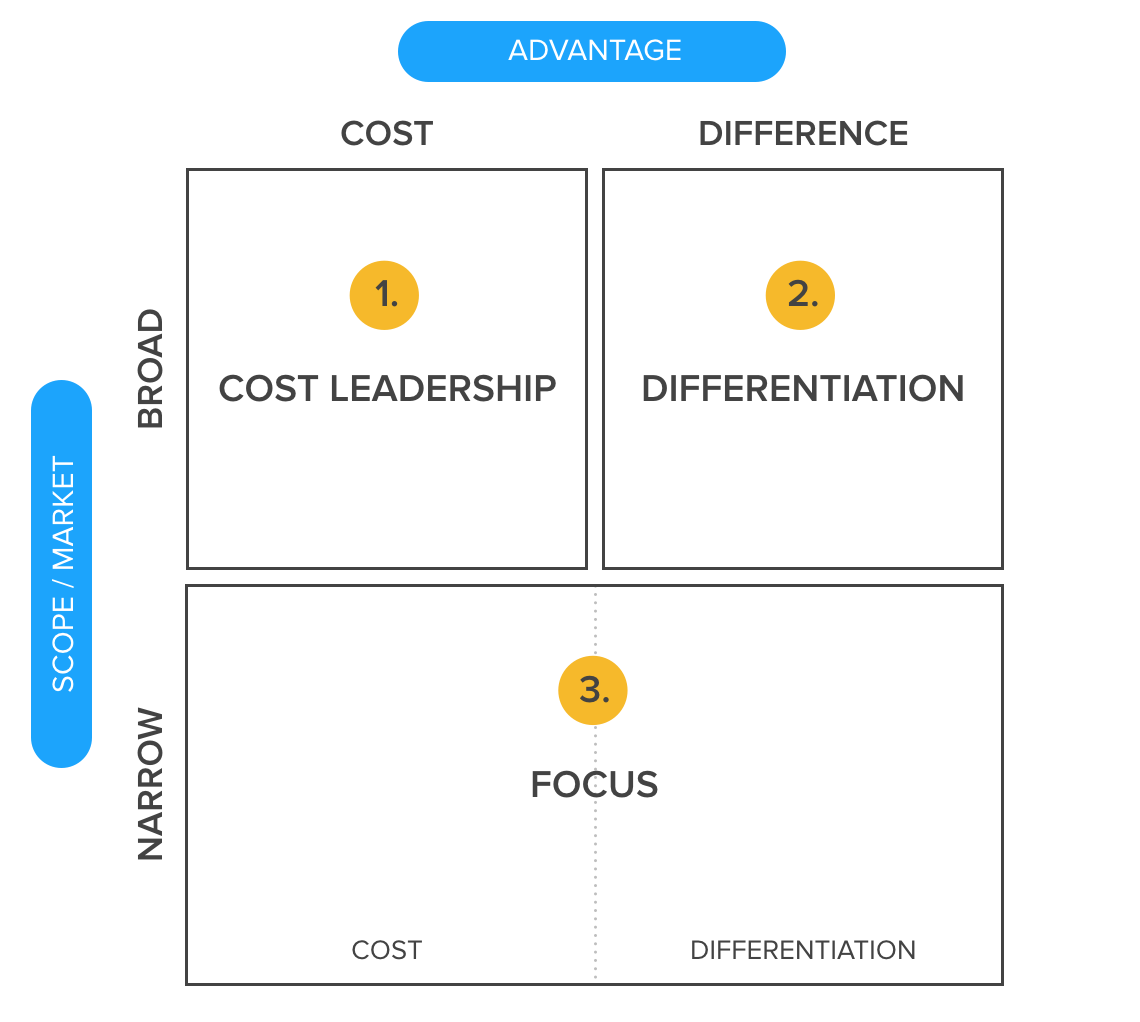A few weeks ago Tesla announced the model Y car joining their product range. It will no doubt go on to be as popular as the S, 3, and X models that have come before it.
Tesla is a model example of how to create a differentiated product in a very competitive market. Whilst Tesla’s business model is yet to deliver on its long term ambitions, they have already established themselves as the leading electric vehicle producer.
When Elon Musk started the company, the Tesla team set out to challenge the norms of the traditional car market.
Instead of using the franchised sales model with painful sales tactics, one way that Tesla competes is by selling direct to consumer. By doing so they removed all the friction in the buying process and created differentiation for their customers.
A counter-intuitive aspect of Tesla’s success is its price. With prices higher than traditional gasoline-fuelled cars, people are still lining up to buy their cars. Buyers often pay a deposit 2-3 years in advance of Tesla even rolling a single car off their production line.
There are several factors contributing to their success. The move to greener vehicles, the cars being a symbol of status, quality and safety ratings, or even just the cool factor.
What has worked for Tesla is not guaranteed to work for other organisations. If Walmart, The Reject Shop or Target, attempted the same strategy they would no doubt fail. All three franchises deliver value to markets who are price sensitive. It's unlikely they would buy a unique, but a higher priced product.
So which Strategy?
One of the biggest choices that any product or service will make is knowing which lever to use to compete.
In his book ‘Competitive Strategy’, Michael Porter argued that a company's advantage falls into two buckets:
Cost Advantage, and
Differentiation
Either of these strengths can be applied in a narrow niche or broad market focus and result in three generic competitive strategies.
1. Cost Leadership
A cost leadership strategy establishes a competitive advantage by removing waste in a business. By removing waste an organisation can deliver a lower cost or higher profit margin than it's competitors.
Examples: Walmart, Target, Aldi, Ikea, Netflix
Risks:
Race to the bottom price wars
Hard to sustain cost leadership
Cost leaders are easier to compete with
A focused strategy might still be able to achieve a lower cost
Disruption by new technology/business model innovation
2. Differentiation
A differentiation strategy creates an advantage by developing unique products, services, and marketing. These products stand out from the pack and are more attractive to customers who are willing to pay more for the benefits.
Examples: Tesla, Apple, Fed Ex, Grill’d Healthy Burgers
Risks:
Higher cost
Your customers become price sensitive and no longer are willing to pay for differentiation
A change in customer desirability
Weak differentiation that others can replicate
A focus strategy may still be able to achieve a greater differentiation
3. Focus
A focus strategy develops solutions for fewer niche industry segments. By keeping a narrow focus, organisations develop a deep understanding of their customers.
The understanding leads to specialised products serving the needs of the customer greater than broad competitors. The increased customer loyalty benefits the long term revenue for the organisation.
A focus strategy can have two variants - In a cost focus, you seek a cost advantage in your target segment. In a differentiation focus, you see differentiation in your target segment.
Both focus variants compete by being the best product for a specific niche as opposed to the broad appeal of the earlier strategies.
Examples: Trader Joe’s, High and Mighty, Square, Vegemite, Lululemon
Risks
Slow/low growth
High Research Need,
Decline / Change of the market
Easy to imitate
Specialisation becoming a hindrance to move into new markets
Stuck in the Middle
Organisations that do not offer features unique enough, yet price too high to compete, often find themselves “stuck in the middle”.
When Apple launched the iPhone, it killed Blackberry’s ability to compete. Apple introduced a far superior phone, and it left the Blackberry without differentiation and no price advantage.
The manufacturer of the Blackberry, RIM, could no longer target the business users at the high-end of the market. Meanwhile, the low-end of the market dominated by Chinese manufacturers had leaner operations and were able to win on price.
What is strategy? Michael Porter explains common misunderstandings.
Don’t cling to the strategy
If you are unaware of your organisation’s competitive strategy, it’s time to ask the question.
A word of warning. As the rate of change increases, the certainty of work is exponentially decreasing. There has never been a greater need for a clear strategy, however, the nature of strategy itself has changed.
Gone are the days of a 5-year business plan. You can’t afford to wait that long to see if things work out as planned. Nowadays plans lose their worth the moment they’re completed.
We can no longer predict our work with the same confidence of the industrial-era before us. Our focus needs to shift from big upfront planning to a fluid strategy built on hypotheses, experiments and learning.
One thing is for sure. Each invalidated strategy creates an opportunity for change. So don’t get too upset if you run into problems. Embrace the uncertainty and work through it. There’s an idea there somewhere which is bigger and bolder.


